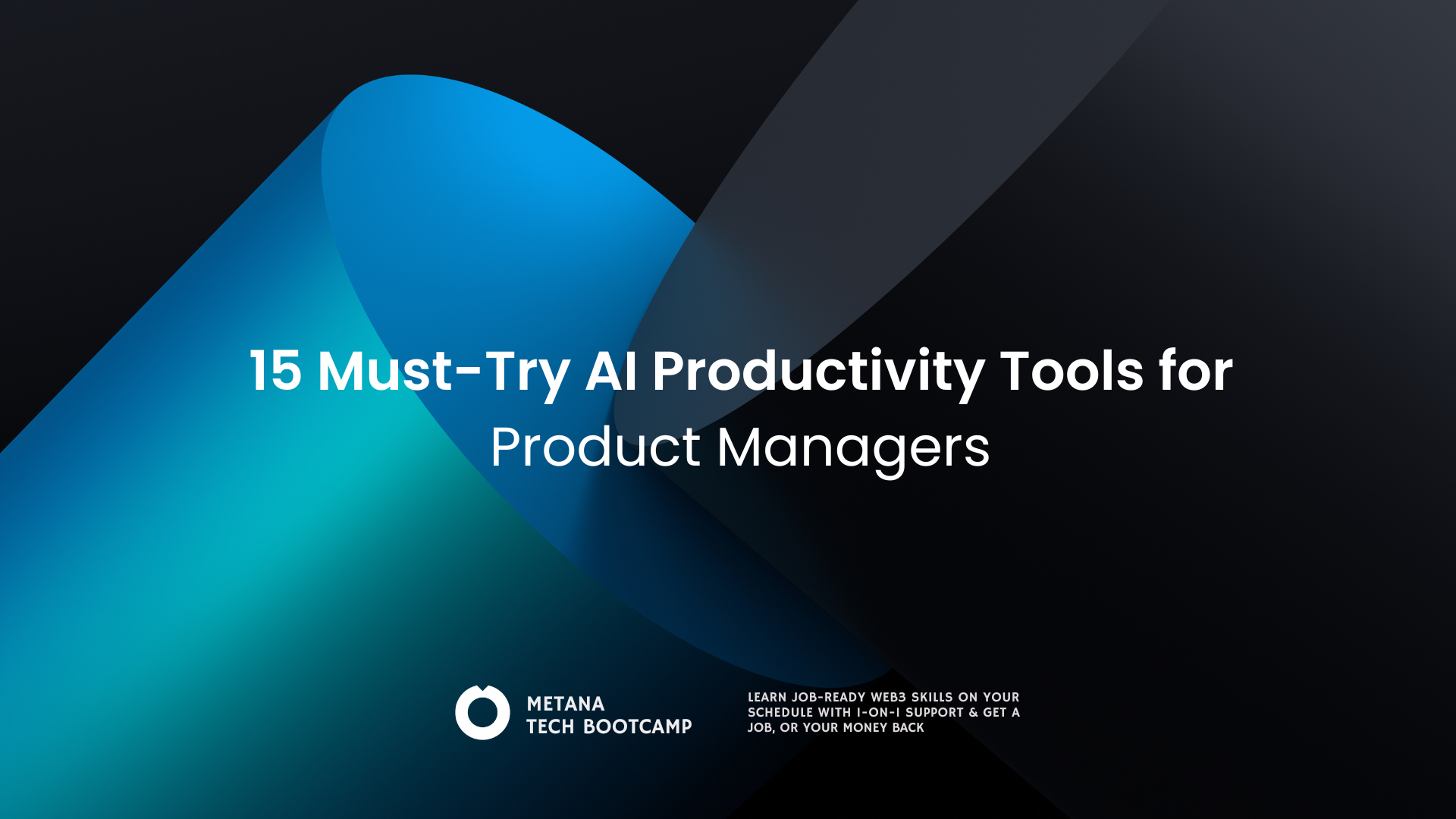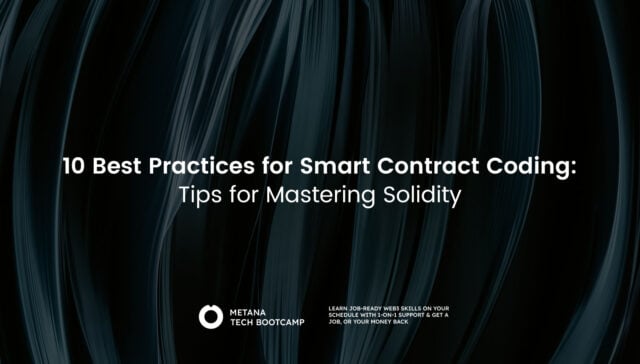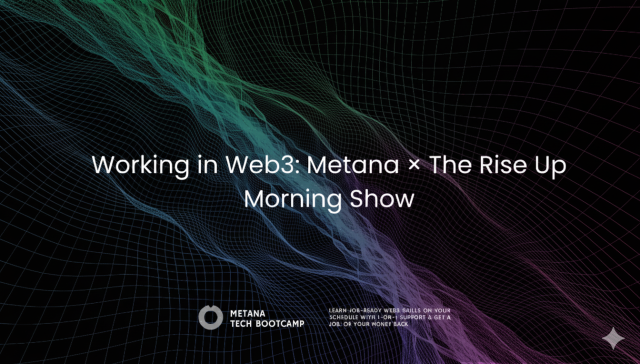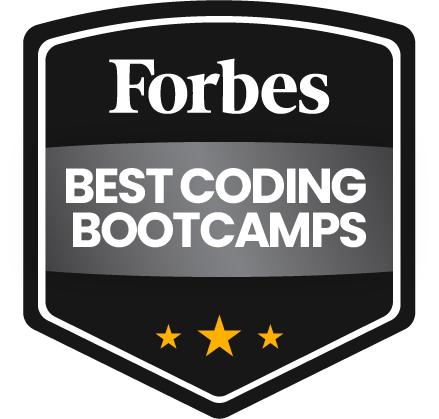TL;DR
- ChatPRD – AI for PRDs, 75% faster creation
- Notion AI – Smart docs, 50% less time searching info
- Rytr – Marketing copy, 80% faster content creation
- Perplexity AI – Real-time market research, 70% faster research
- Pendo – User behavior analytics, 60% faster insight generation
- Amplitude – Predictive analytics, 45% more accurate predictions
- Motion – Intelligent scheduling, 30% more productive hours
- ClickUp Brain – Project intelligence, 25% faster delivery
- Linear – AI issue tracking, 40% faster issue resolution
- Figma AI – Design automation, 50% faster prototypes
- Framer AI – No-code prototypes, 80% faster from concept to test
- Loveable – Full-stack prototyping, 90% faster to working prototype
- Fathom AI – Meeting intelligence, 60% less admin work
- Otter.ai – Conversation analytics, 70% faster info retrieval
- Loom AI – Video communication, 55% more effective engagement
Product management just got a massive upgrade. With new AI-powered tools launching left, right, and center – alongside existing products now boasting AI-enhanced features – it’s hard to keep up. But here’s the truth: the product managers who master AI tools today will dominate tomorrow’s market.
I’ve spent the last six months testing 50+ AI productivity tools specifically through the lens of product management workflows. What you’ll find in this guide isn’t just another generic list – it’s a battle-tested arsenal of tools that can genuinely transform how you work.
Why Product Managers Need AI Tools Right Now
The numbers don’t lie. Product managers who actively use AI tools report 40% faster decision-making and 60% less time spent on administrative tasks. But it’s not just about speed.
Today’s product landscape is brutal. You’re juggling user feedback from 12 different channels, managing stakeholder expectations across time zones, and trying to make data-driven decisions with incomplete information. AI tools don’t just make you faster…they make you smarter.
Here’s what changes when you integrate AI into your workflow:
Research becomes surgical. Instead of spending three hours reading through user feedback, AI can surface key insights in minutes. You’ll spot patterns you’d miss and identify opportunities buried in the noise.
Documentation writes itself. PRDs, user stories, and release notes that used to take hours now generate in minutes. You’ll spend time refining strategy instead of wrestling with formatting.
Meetings actually matter. AI transcription and summarization mean you can focus on the conversation instead of frantically scribbling notes. Follow-ups become automatic.
PRO TIP: Start with one tool per category rather than implementing everything at once. Master the workflow, then expand.
How We Selected These AI Productivity Tools
Not all AI tools deserve your attention. We evaluated each tool based on four critical criteria:
Product Management Specificity: Does it solve actual PM problems, or is it just another ChatGPT wrapper?
Integration Capability: How well does it play with your existing tech stack?
Learning Curve vs. Impact: Can you see meaningful results within the first week of use?
ROI Measurability: Can you quantify the time and quality improvements?
Every tool in this list passed these tests with flying colors.
AI Writing and Documentation Tools for Product Managers

1. ChatPRD – Specialized PRD Generation
ChatPRD isn’t just another writing assistant. ChatPRD is AI for product managers & their teams. Write great product docs fast and become an elite PM.
What makes it special? It understands the structure and language of product requirements. Feed it meeting notes or user feedback, and it generates comprehensive PRDs that actually make sense to engineering teams.
Best Use Cases:
- Converting stakeholder conversations into structured requirements
- Creating user stories with proper acceptance criteria
- Generating technical specifications from high-level concepts
Productivity Impact: Users report 75% faster PRD creation with higher consistency across teams.
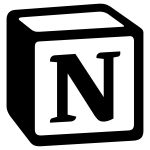
2. Notion AI – Smart Documentation Hub
Notion AI transforms your product knowledge base from a static repository into an intelligent assistant. It can summarize long documents, extract action items from meeting notes, and even generate templates for common PM tasks.
The magic happens in the summarization. Upload a 50-page user research report, and Notion AI will pull out the key insights, flag contradictions, and suggest next steps.
Best Use Cases:
- Summarizing user research and feedback
- Creating templates for retrospectives and planning sessions
- Maintaining searchable knowledge bases
Productivity Impact: 50% reduction in time spent searching for information across documents.
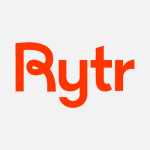
3. Rytr – Marketing Copy at Scale
Product managers wear many hats, and marketing copywriter is often one of them. Rytr specializes in creating product messaging that actually converts.
Unlike generic AI writers, Rytr understands product positioning. It can generate feature announcements, release notes, and user onboarding copy that maintains your brand voice while driving specific actions.
Best Use Cases:
- Writing release notes and feature announcements
- Creating in-app messaging and onboarding flows
- Generating A/B test variations for product copy
Productivity Impact: 80% faster content creation with maintained brand consistency.
AI Research and Analytics Tools

4. Perplexity AI – Real-Time Market Research
Perplexity has the one-up over similar AI tools like ChatGPT because it doesn’t have a knowledge cutoff. Many tools are oblivious to recent events, making things like market research risky.
For product managers, this means you can get current competitive intelligence, industry trends, and market analysis without manually sifting through dozens of sources.
Best Use Cases:
- Competitive analysis and market positioning research
- Industry trend analysis for roadmap planning
- Customer segment research and validation
Productivity Impact: 70% faster market research with access to current data sources.

5. Pendo – User Behavior Analytics with AI
Pendo‘s AI capabilities transform raw user data into actionable insights. It automatically identifies usage patterns, flags potential churn risks, and suggests feature optimizations based on actual user behavior.
The AI doesn’t just show you what happened – it tells you why it matters and what to do about it.
Best Use Cases:
- Identifying feature adoption blockers
- Predicting user churn and engagement risks
- Optimizing user onboarding flows
Productivity Impact: 60% faster insight generation from user data.

6. Amplitude – Predictive Product Analytics
Amplitude‘s AI takes product analytics beyond descriptive to predictive. It can forecast user behavior, predict the impact of product changes, and recommend optimization strategies based on historical data patterns.
Best Use Cases:
- Predicting feature adoption rates
- Forecasting user growth and retention
- Optimizing conversion funnels with data-driven recommendations
Productivity Impact: 45% improvement in prediction accuracy for product decisions.
AI Project Management and Collaboration Tools

7. Motion – Intelligent Task Scheduling
Motion goes beyond traditional project management by using AI to optimize your entire schedule. It considers task priorities, deadlines, and even your personal productivity patterns to create the most efficient daily schedule.
Motion automates scheduling to optimize meetings, tasks, and focused work sessions while adapting to changing priorities in real-time.
Best Use Cases:
- Balancing deep work sessions with meeting requirements
- Automatically rescheduling tasks based on changing priorities
- Protecting focus time for strategic thinking
Productivity Impact: Users report 30% more productive hours per week through better time allocation.
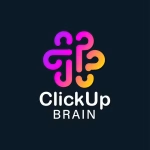
8. ClickUp Brain – Project Intelligence
ClickUp Brain brings AI directly into your project management workflow. It can automatically generate project timelines, predict potential bottlenecks, and suggest resource allocation based on historical project data.
Best Use Cases:
- Generating realistic project timelines and milestones
- Identifying potential project risks before they become problems
- Optimizing team workload distribution
Productivity Impact: 25% improvement in project delivery timelines with better risk prediction.

9. Linear – AI-Powered Issue Tracking
Linear‘s AI capabilities make issue tracking intelligent. It can automatically categorize bugs, predict resolution times, and even suggest solutions based on similar past issues.
Best Use Cases:
- Automatically triaging and categorizing incoming issues
- Predicting development effort and timelines
- Identifying patterns in bug reports and feature requests
Productivity Impact: 40% faster issue resolution through better categorization and prioritization.
AI Design and Prototyping Tools

10. Figma AI – Design Automation
Figma AI adds enhancements to Figma’s already robust capabilities by adding AI-driven automation to UI design, wireframing, and prototyping.
Product managers can now generate wireframes from text descriptions, automatically create design variations for A/B testing, and even get AI-powered feedback on user experience decisions.
Best Use Cases:
- Rapid wireframe generation from feature descriptions
- Creating multiple design variations for testing
- Getting UX feedback and optimization suggestions
Productivity Impact: 50% faster prototype creation with improved design consistency.

11. Framer AI – No-Code Prototyping
Framer AI enables product managers to create interactive prototypes without design skills. Describe your interface needs, and it generates functional prototypes that you can test with users immediately.
Best Use Cases:
- Creating interactive prototypes for user testing
- Building proof-of-concept demos for stakeholders
- Rapid iteration on interface designs
Productivity Impact: 80% reduction in time from concept to testable prototype.

12. Loveable – Full-Stack Prototyping
Loveable is your full-stack Engineer powered by AI, turning your app or product ideas into fully functional applications.
This tool bridges the gap between product vision and technical implementation, allowing PMs to create working prototypes that demonstrate full functionality.
Best Use Cases:
- Building functional prototypes for complex features
- Creating proof-of-concept applications for new product ideas
- Testing technical feasibility without engineering resources
Productivity Impact: 90% faster transition from idea to working prototype.
AI Communication and Meeting Tools

13. Fathom AI – Meeting Intelligence
Fathom AI is a meeting transcription tool that takes the hassle out of note-taking, automatically recording, transcribing, and summarizing key points from all the various meetings you have as a PM.
Beyond transcription, Fathom AI identifies action items, tracks decisions, and can even detect sentiment changes during conversations.
Best Use Cases:
- Automatically capturing and summarizing stakeholder meetings
- Tracking action items and decisions across multiple meetings
- Analyzing customer feedback patterns from user interviews
Productivity Impact: 60% reduction in post-meeting administrative work.

14. Otter.ai – Conversation Analytics
Otter.ai brings analytics to your conversations. It can identify key topics, track speaking time distribution, and even flag when important decisions are made during meetings.
Best Use Cases:
- Analyzing team meeting effectiveness and participation
- Tracking recurring themes across customer conversations
- Creating searchable archives of product discussions
Productivity Impact: 70% faster information retrieval from past conversations.

15. Loom AI – Video Communication
Loom AI transforms video communication by automatically generating transcripts, creating video summaries, and even suggesting optimal video structures for different communication goals.
Best Use Cases:
- Creating product demo videos with automatic summaries
- Recording stakeholder updates with key point extraction
- Building a searchable video knowledge base
Productivity Impact: 55% more effective video communication with better engagement metrics.
[PRO TIP: Use Loom AI for asynchronous stakeholder updates. The automatic summaries ensure key points are captured even if videos aren’t watched completely.]
Bottom Line
Most product managers see positive ROI within 30 days when implementing AI tools strategically.
The future of product management is already here. The question isn’t whether you’ll use AI tools – it’s whether you’ll master them before your competitors do.
Next Steps: Pick three tools from different categories and commit to a 30-day trial. Start with ChatPRD for documentation, Fathom AI for meetings, and Motion for scheduling. These three alone will transform your daily productivity while providing a foundation for more advanced AI integration. After all, AI is THE future. With Metana’s AI Machine Learning Bootcamp you sure will gain the knowledge you will need for the future while landing a job just right for you.
The product managers who embrace these tools today will be the ones defining the industry tomorrow.
Frequently Asked Questions
Q: How much do these AI productivity tools typically cost for product managers?
Most AI tools offer tiered pricing starting around $10-20/month for individual users, with team plans ranging from $50-200/month. Tools like ChatPRD and Notion AI often provide free tiers with basic functionality, making them perfect for testing before committing to paid plans.
Q: Can these AI tools integrate with existing product management software like Jira or Confluence?
Yes, most modern AI productivity tools offer integrations with popular PM software. Tools like ClickUp Brain and Linear have native integrations, while others like Notion AI and Fathom AI provide API connections or Zapier integrations to connect with your existing workflow.
Q: How do I convince my team or leadership to invest in AI productivity tools?
Start with a pilot program using free tiers or trial versions. Document specific metrics like time saved, improved decision speed, or reduced errors. Present ROI calculations showing cost savings from increased efficiency. Many teams see 30-40% productivity improvements within the first month.
Q: Are there data privacy concerns with using AI tools for sensitive product information?
Yes, data privacy is crucial. Look for tools that offer enterprise-grade security, SOC 2 compliance, and data residency options. Many tools like Notion AI and Figma AI provide business plans with enhanced privacy controls. Always review data handling policies before processing sensitive information.
Q: Which AI productivity tools should a new product manager prioritize first?
Start with three core tools: a documentation assistant (ChatPRD or Notion AI), a meeting intelligence tool (Fathom AI), and a research assistant (Perplexity AI). These provide immediate value across the most time-consuming PM tasks and require minimal learning curve to see benefits.




